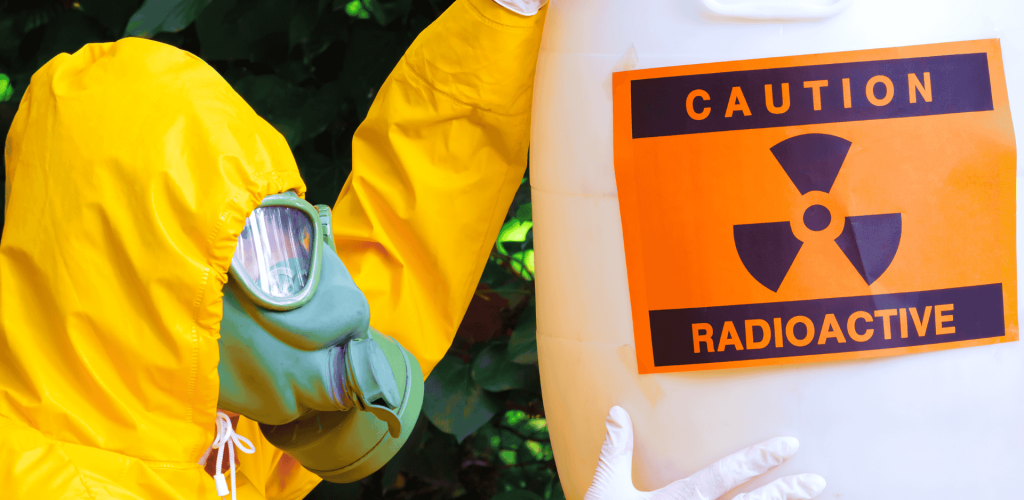
Can Robots Replace Humans in Dangerous Jobs?
In industries where human life is constantly at risk—like mining, firefighting, and bomb disposal—the idea of using robots as replacements is not just appealing; it’s potentially life-saving.
As technology advances, so does the question:
Can robots truly replace humans in dangerous jobs?
The short answer is: yes, in many cases—but not all. Let’s explore how robots are transforming high-risk work environments and what the future holds.
Why Replace Humans in Dangerous Jobs?
Certain jobs expose workers to severe hazards such as:
Toxic chemicals
Extreme heat or radiation
Explosive devices
High altitudes or confined spaces
Repetitive stress or heavy lifting
These roles are essential but put lives at risk every day. That’s where robotic automation comes in—offering safer, more efficient alternatives.
Real-World Examples of Robots in Dangerous Jobs
1. Bomb Disposal
Robots like PackBot and TALON are used by military and law enforcement to safely handle explosive devices. These robots are remotely operated, reducing the need for humans to approach life-threatening situations.
2. Construction and Demolition
Robots can operate in structurally unstable buildings, drill through walls, or cut through steel beams. They’re also being used in 3D printing of buildings, minimizing human exposure to risky environments.
3. Firefighting
Firefighting robots like Thermite can enter burning buildings or chemical fires where temperatures and gases would kill humans. They’re equipped with cameras, sensors, and water cannons for remote control.
4. Nuclear and Chemical Plants
In highly radioactive or toxic environments, robots conduct inspections, maintenance, and cleanup. Examples include the robots used during the Fukushima Daiichi nuclear disaster to explore reactor cores.
5. Search and Rescue
Drones and ground robots are used to locate survivors in disasters like earthquakes or avalanches. They can navigate tight spaces and harsh conditions faster and safer than human teams.
6. Mining and Oil Rigs
Autonomous drilling machines, robotic crawlers, and sensors can explore deep mines or ocean floors without risking human life. They also help detect dangerous gas levels and structural risks.
Benefits of Using Robots in Dangerous Work
Saves lives by removing humans from harm’s way
Increases efficiency with non-stop operation
Enhances precision in risky or repetitive tasks
Reduces costs from accidents, insurance, and downtime
Improves data collection in hazardous environments
Challenges and Limitations
Despite their benefits, robots can’t fully replace humans in every dangerous job—yet.
Limited decision-making in unpredictable environments
High cost of development and maintenance
Dependence on communication and power (especially in remote areas)
Ethical concerns over job loss and machine failure
Need for human oversight in complex rescue or military scenarios
Human judgment, adaptability, and emotional intelligence are still irreplaceable in many high-risk operations.
Human-Robot Collaboration: The Ideal Approach
The future isn’t about robots replacing all humans—it’s about working together. Many industries are now focused on:
Teleoperated robots: controlled remotely by skilled workers
Wearable exoskeletons: reduce injury while enhancing human strength
Cobots (collaborative robots): assist workers without replacing them
This hybrid approach maximizes safety while keeping human insight in the loop.
Final Thoughts
Yes, robots can and do replace humans in many dangerous jobs, improving safety and saving lives. But they aren’t a universal solution.
The key lies in strategic deployment—using robots where they excel and combining them with human decision-making where needed.
As robotics continues to evolve, the line between human and machine roles will become more flexible, helping us build a safer, smarter world.

